[ad_1]
Fall is certainly one of my favourite instances to be within the backyard. The cooler days and crisper air are a welcome reduction after scorching, humid summers and make duties really feel much less pressing. Plus, fall greens like cauliflower, broccoli, and rutabagas provide ample, chill-sweetened harvests.
Nonetheless, fall gardens are hardly ever excellent. Although the cooler temperatures and shorter days result in a lower in pest strain, a handful of pests nonetheless stick round. If you happen to tackle an excessive amount of of a laissez-faire strategy, cabbage worms and aphids could shortly devour your in any other case excellent crops. Belief me, I’ve been there.
Understanding some frequent fall vegetable pests will make it easier to differentiate the great guys from the unhealthy bugs. I’ll share some noteworthy pests and clarify useful management strategies.
Aphids
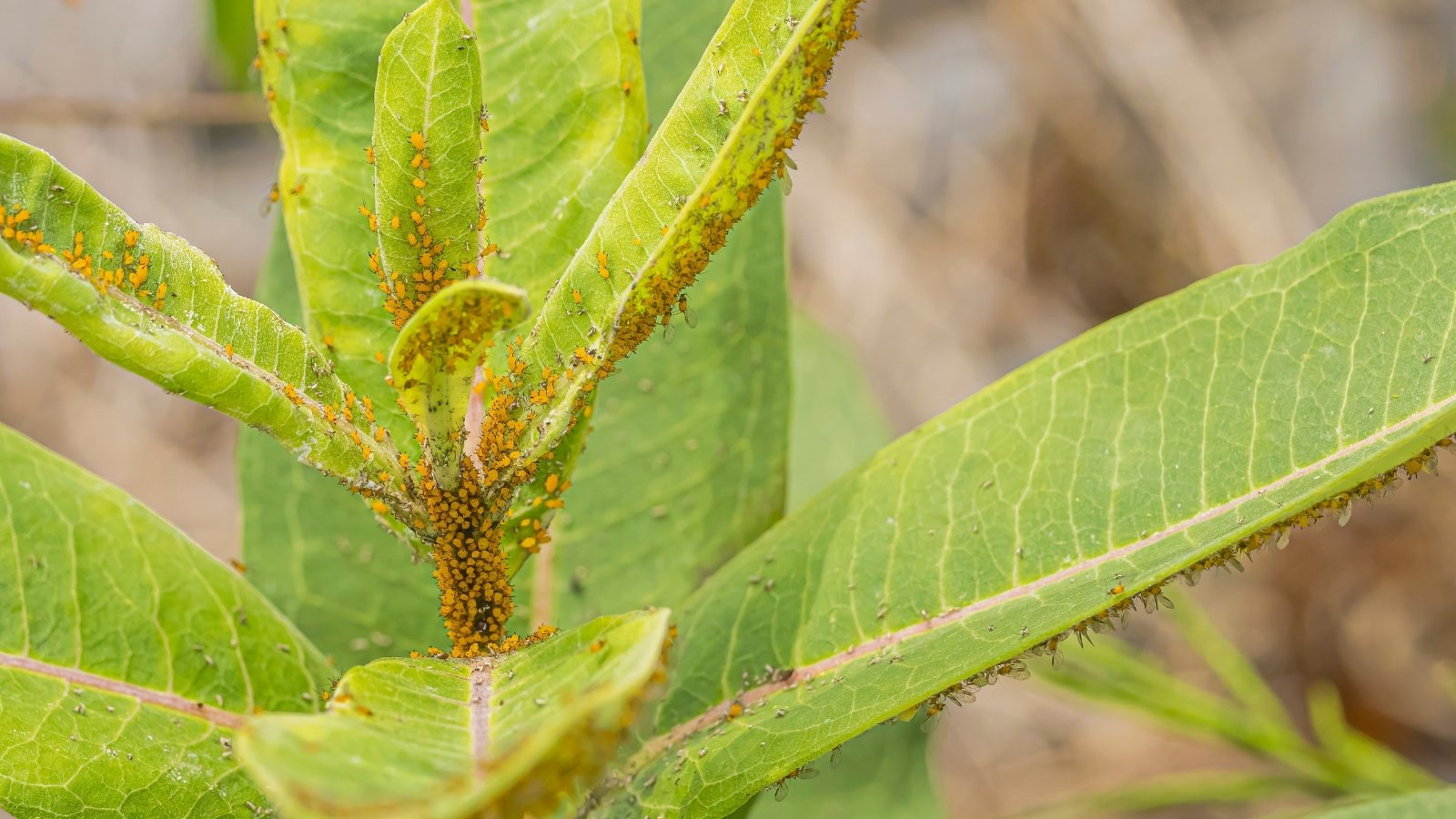

If you happen to’ve grown crops for various months, you’re in all probability conversant in aphids. These small, soft-bodied pests assault a variety of crops, from tropical houseplants to tall timber to hardy greens. There are various totally different aphid species, however all of them have comparable appearances and feeding strategies.
Aphids have small straw-like mouthparts they use to pierce plant leaves after which drink the sap. Though just a few aphids gained’t trigger any noticeable harm, these vegetable pests can shortly multiply in any season, together with fall. An aphid can go from a new child nymph to an grownup in below per week, and every feminine aphid can produce over 50 nymphs per week. Which means ten aphids can develop to over 1,000,000 in about six weeks!
Whereas aphids reproduce and mature slower within the fall than they do in the summertime, small populations can nonetheless develop shortly. And these bigger populations can severely weaken all kinds of vegetable crops. Due to this fact, it is best to get aphids below management as quickly as you see them.
Management Choices
Though aphids are prevalent within the backyard, many pure predators feed on them. Sustaining a various habitat and avoiding broad-spectrum pesticides will encourage the presence of helpful bugs like ladybugs, inexperienced lacewings, and parasitic wasps. These predators can hunt down aphids and eat them earlier than they’ve time to balloon into a giant drawback.
Even when you attempt to preserve a wholesome ecosystem, aphids should grow to be an issue value treating. If you happen to discover a dozen or so of the pests in your crops, you may wipe them off with a moist, soapy rag. You too can try to clean them off your crops with a highly effective spray of the hose.
Bigger outbreaks typically require extra intensive strategies. Spraying the soft-bodied pests with neem oil, insecticidal cleaning soap, or one other sort of horticultural oil will kill them. Make sure the spray contacts the pests for the most effective outcomes. Spray exterior peak pollinator exercise within the early morning or at nightfall. A light-weight mist is sufficient.
Harlequin Bugs
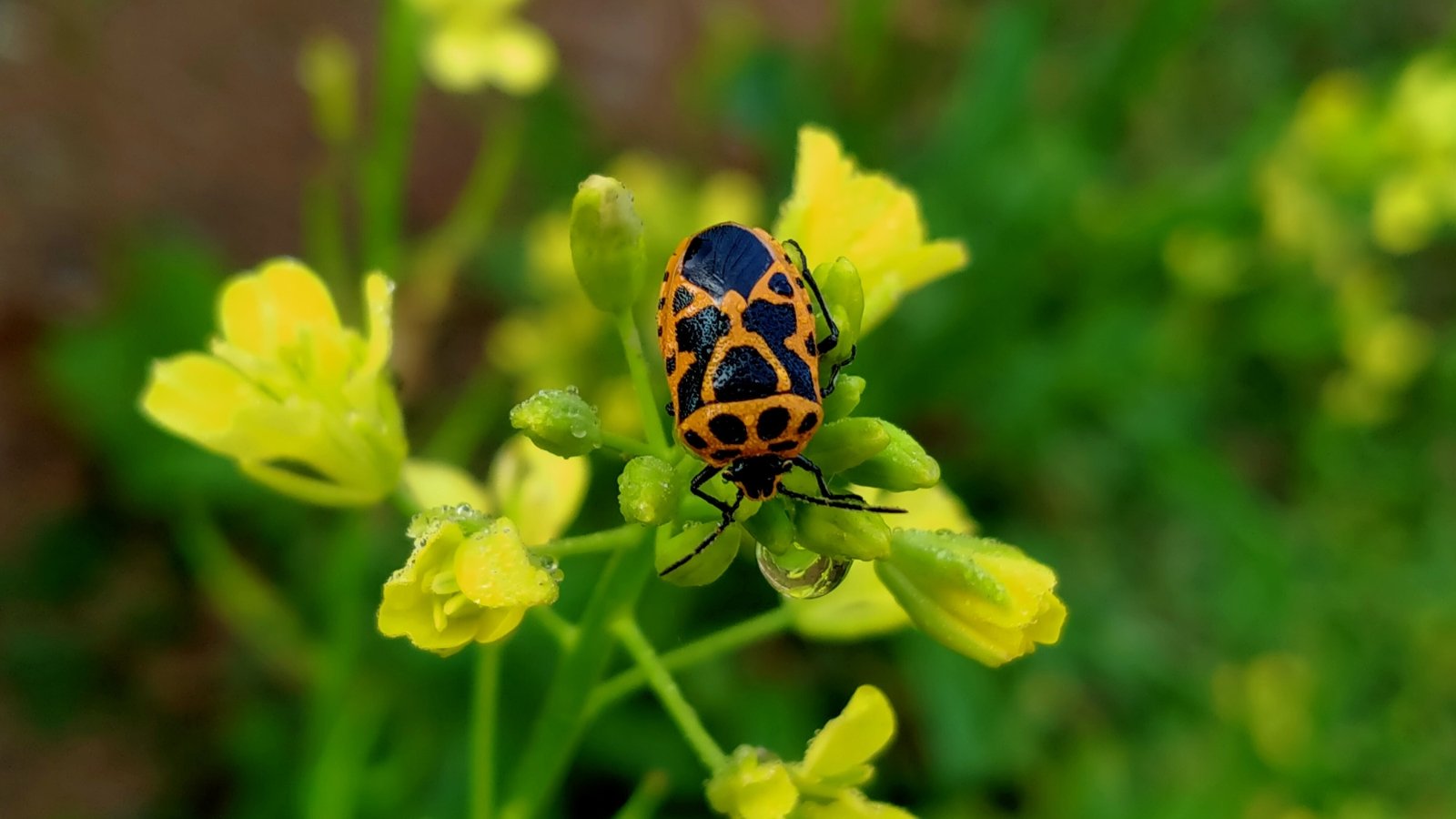

Harlequin bugs could look lovely, however don’t let their intricate pink, black, and white patterns idiot you. These pests can trigger critical harm!
Through the fall, you’re almost certainly to identify the grownup type of the pest in your greens. They’re about half an inch lengthy with shield-shaped our bodies much like stink bugs. In hotter areas, chances are you’ll proceed to see the black and white striped eggs and small black and pink nymphs all through the autumn.
These true bugs assault members of the Brassicae household, similar to kale, cabbage, cauliflower, and broccoli. They use their piercing/sucking mouthparts to drink up plant sap, and their feeding results in yellow or brown spots on leaves. When harlequin bugs seem in massive numbers, they will severely weaken and even kill crops. Due to this fact, it’s finest to get them below management as quickly as you see them seem.
Management Choices
If you happen to spot a handful of adults hanging round your cabbage crops or munching in your turnip greens, use your fingers to squash them. This generally is a messy job, however sporting gloves makes it extra manageable. You too can decide the bugs off and place them in a container crammed with soapy water. The identical goes for any egg lots chances are you’ll discover.
You possibly can deal with bigger infestations with natural pesticides like neem oil and insecticidal cleaning soap. For the reason that bugs sometimes lay their eggs on the undersides of leaves, be certain that to spray all sides of the foliage. You might must make repeated functions to totally eradicate them.
Armyworms
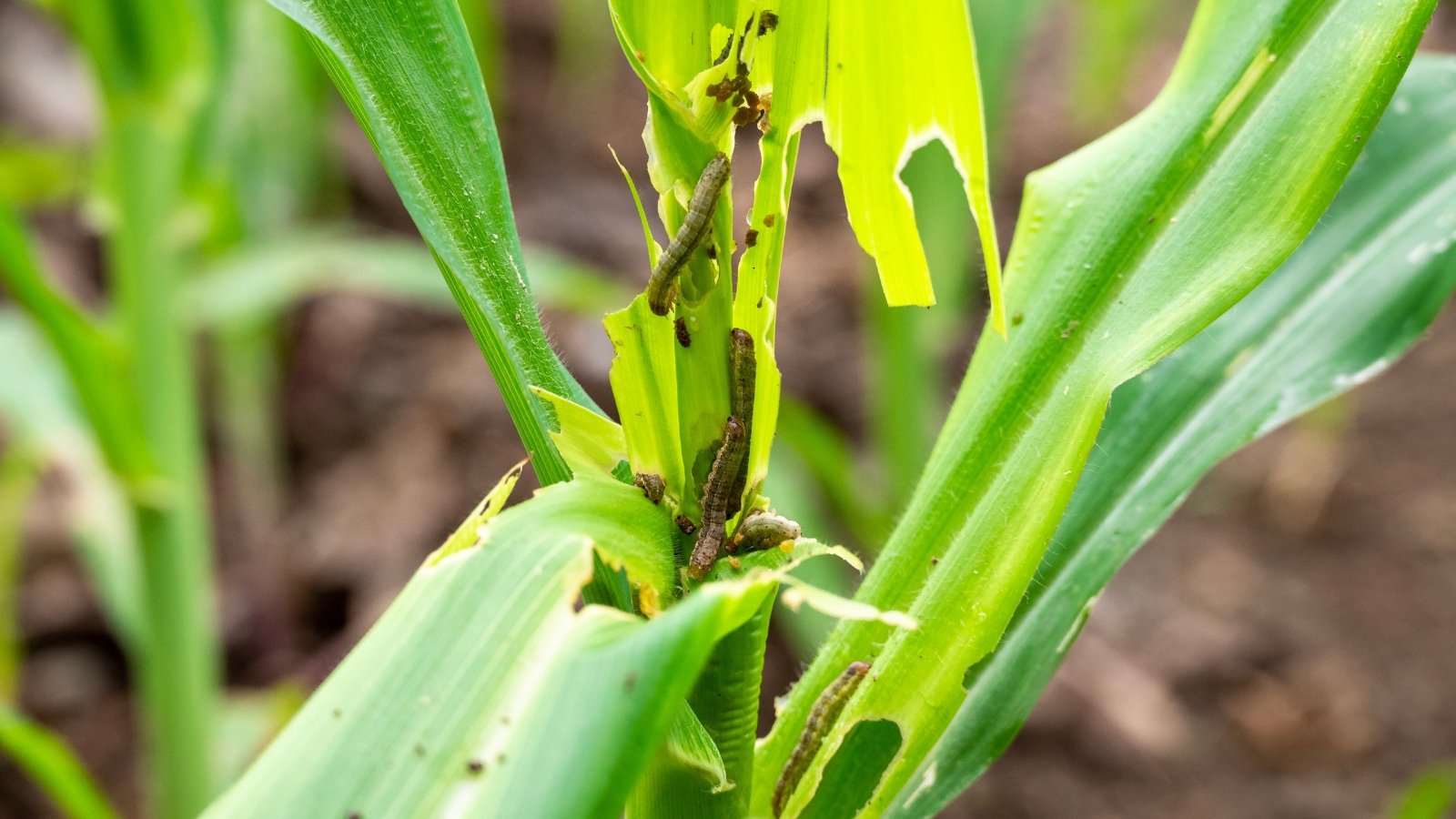

A number of species of armyworms can grow to be pests within the fall veggie backyard. These embrace the autumn armyworm, beet armyworm, and southern armyworm. All sorts of armyworms are juvenile types of moths.
The juveniles are caterpillars that fluctuate in look relying on the species, age of larvae, and particular person. The larvae emerge lower than 1 / 4 of an inch lengthy and develop to slightly over an inch. They might be inexperienced, grey, black, brown, or some mixture of those colours.
Armyworms get their identify from their tendency to journey in teams when searching for new meals sources. Due to this fact, massive numbers of pests can seem without delay.
The affected crops range relying on the armyworm species. Some veggies impacted embrace beets, broccoli, lettuce, and cabbage. Though you may typically spot the pests themselves, you may additionally discover irregularly formed holes within the leaves.
Management Choices
One technique to deal with armyworms is to bodily take away them from the crops. Nonetheless, that is typically tough if the caterpillars are very small or current in massive numbers.
One other management choice contains spraying the affected crops with a naturally occurring soil micro organism known as Bacillus thuringiensis (Bt). Because the armyworms eat the Bt, they cease feeding and finally die. Though Bt harms these caterpillars, it gained’t influence helpful bugs like parasitic wasps, inexperienced lacewings, and hoverflies. It is going to influence different caterpillars, although.
Cabbage Worms
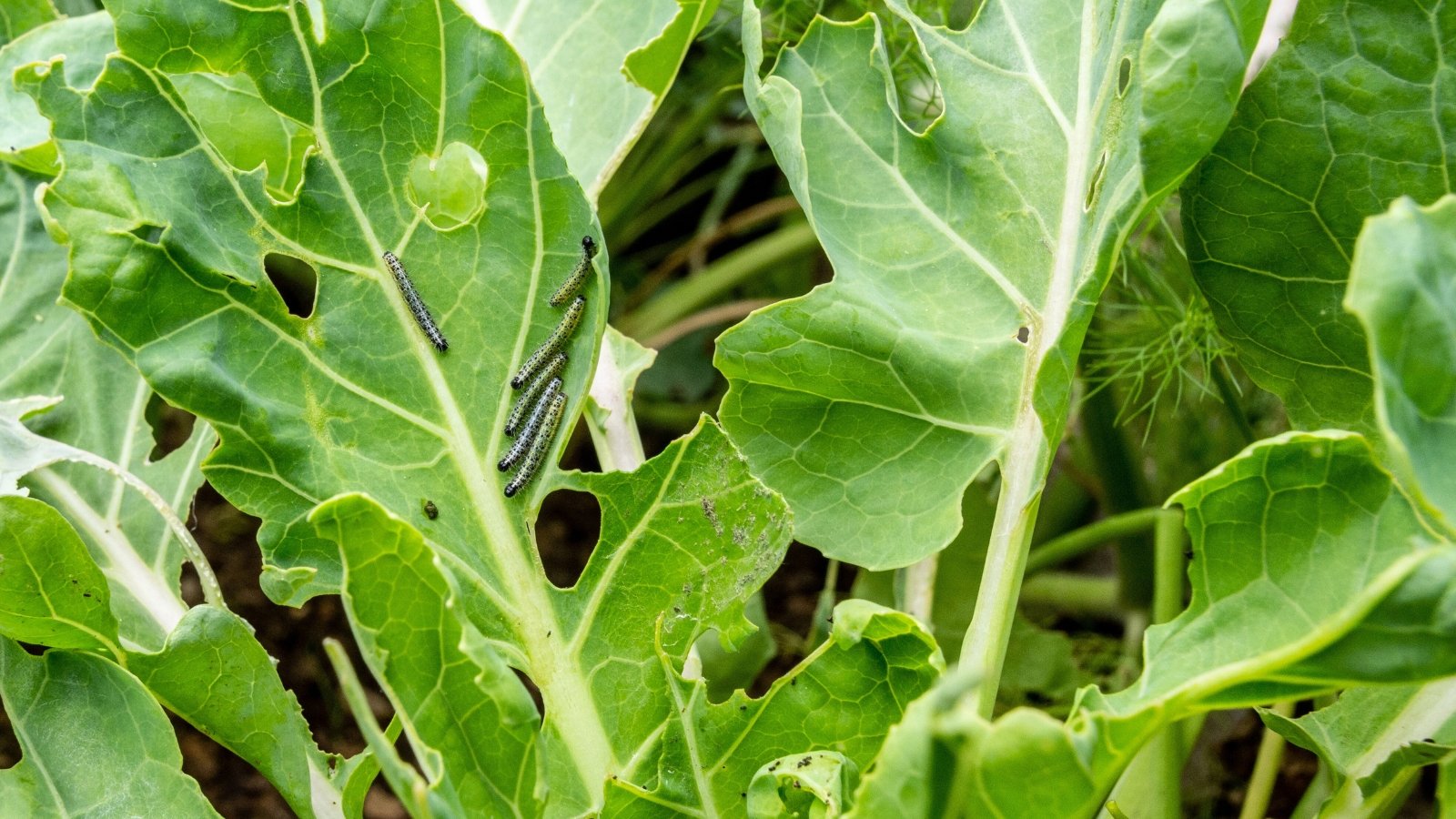

Cabbage worms are frequent fall pests that assault a wide range of brassica-family greens. A few of their favourite crops embrace cabbage, turnips, broccoli, cauliflower, kale, collards, and bok choy. They chew on the leaves, resulting in ragged holes and presumably defoliated crops.
The caterpillars range in look relying on the species. Imported cabbage worms are mild inexperienced. Cross-striped cabbage worms have mild blue and black striped backs and enormous yellow and black stripes throughout the perimeters of their our bodies.
Each of the species mature into moths that lay their eggs on the undersides of leaves. The imported cabbageworm lays single, mild yellow rectangular eggs, whereas the cross-striped worm lays clusters of flat, yellow eggs.
Management Choices
One of the simplest ways to regulate cabbage worms is determined by the variety of worms in your crops. If you happen to spot a handful of worms and eggs, you may take away them by hand. Nonetheless, remember the adults will proceed to put eggs in your crops.
In case you have a big infestation and plenty of tiny caterpillars, you may spray the crops with Bt. This micro organism enters into the digestive tracts of members of the Lepidoptera household and stops them from feeding. It is not going to hurt different bugs, however it is best to all the time observe software directions when utilizing it.
Cabbage Loopers
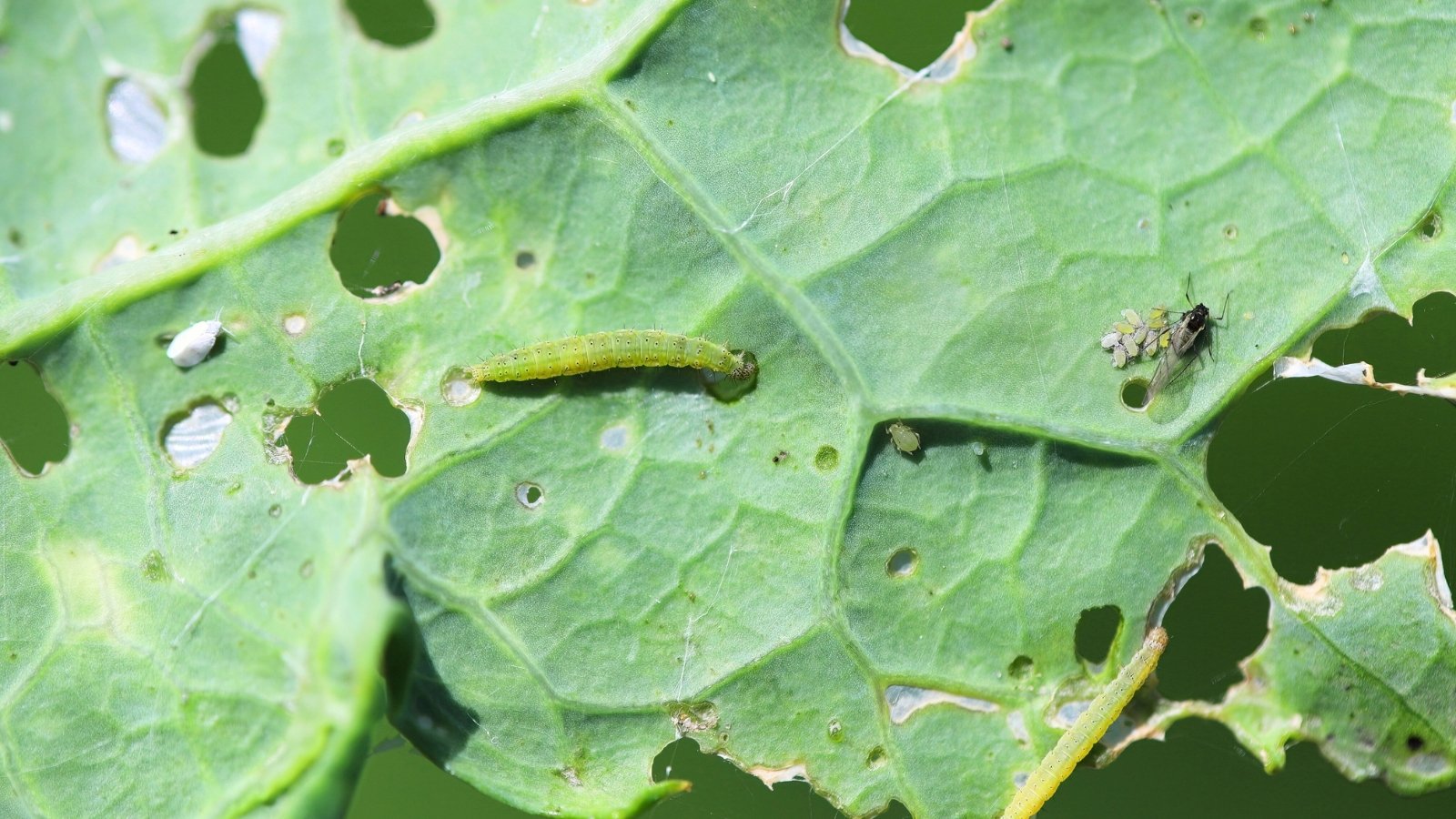

Though some gardeners typically confuse them with cabbage worms, cabbage loopers are a completely totally different pest. They’re extra slender than different comparable pests and transfer like an inchworm. They’re additionally all the time mild inexperienced, with faint white stripes down their sides.
These pests feed on quite a few fall brassica-family greens, together with cabbage, kale, broccoli, cauliflower, and collards. Though they’re current all through a lot of the rising season, you’ll typically discover a critical enhance in exercise within the fall.
When the larvae are younger, they feed on the undersides of leaves. Due to this fact, chances are you’ll not discover they’re there after they first seem. As they get older, they chew by way of your entire leaf, inflicting irregular holes. If left untreated, they will defoliate complete leaves.
Together with looking for the larvae, you may as well maintain a watch out for the eggs and adults. The adults are small brown moths often called owlet moths. These moths lay single mild yellow eggs on brassica leaves.
Management Choices
One technique to management cabbage loopers is to take away the eggs and larvae by hand. You possibly can both crush them in your fingers or place them in a bucket crammed with soapy water.
Another choice is to spray the contaminated crops with Bt. It is a naturally occurring soil micro organism that harms the digestive tracts of moth and butterfly larvae. When the cabbage loopers ingest the micro organism, they cease feeding and die. Since Bt washes off within the rain, you’ll doubtless must spray your crops as soon as each week.
You too can exclude cabbage loopers out of your plant with row cowl. Simply be certain that there aren’t any eggs or larvae in your crops earlier than you cowl them!
Flea Beetles
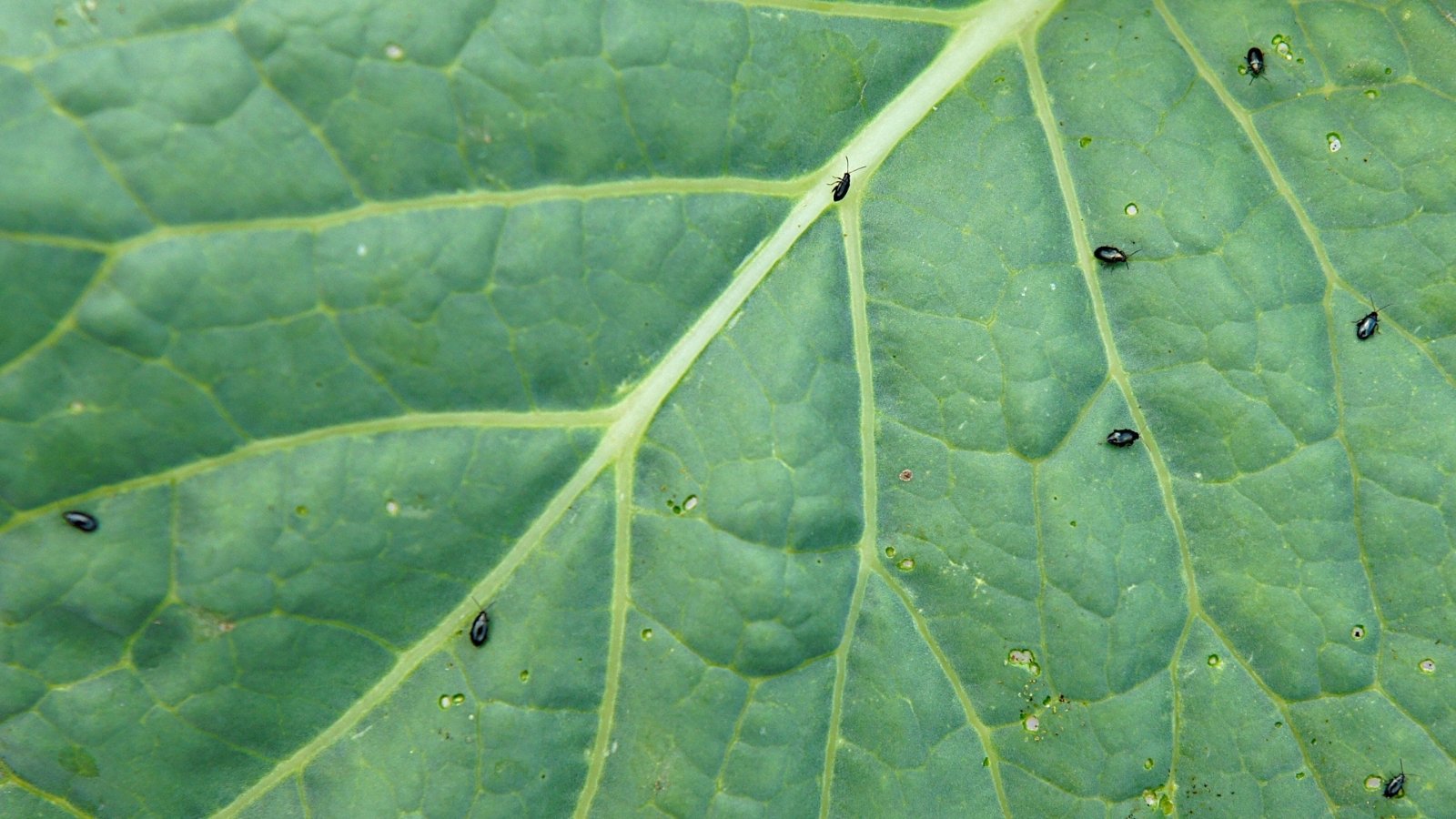

Though they’re small, flea beetles can shortly decimate leafy brassicas like arugula, radish greens, kale, collards, and bok choy. Some species additionally eat crops like spinach, peppers, and eggplant. These pests are sometimes a bigger drawback in heat climate however stay within the backyard into the autumn.
There are a number of flea beetle species, however all of them look comparable. They’ve rectangular our bodies which might be black, bronze, or grey and slender legs they use to leap brief distances. Most species are lower than 1 / 4 of an inch lengthy. Regardless of their small dimension, they will eat loads in a day, leaving small ‘shothole’ harm within the leaves.
Flea beetles aren’t more likely to kill crops, however they result in ugly leaves. Over time, crops can grow to be stunted and weak because of the harm.
Management Choices
Among the best methods to stop flea beetle harm is to bodily exclude the tiny bugs out of your crops. You possibly can lay a chunk of row cowl or insect netting over your crops and safe the perimeters to the bottom with sandbags or different heavy objects. Simply be certain that there aren’t any pests in your crops earlier than you cowl them, otherwise you’ll simply be trapping them in.
You too can spray the pests with natural pesticides. Some efficient choices embrace pyrethrins and spinosad. If you happen to select to make use of chemical controls, be certain that to rigorously observe product directions.
Cutworms
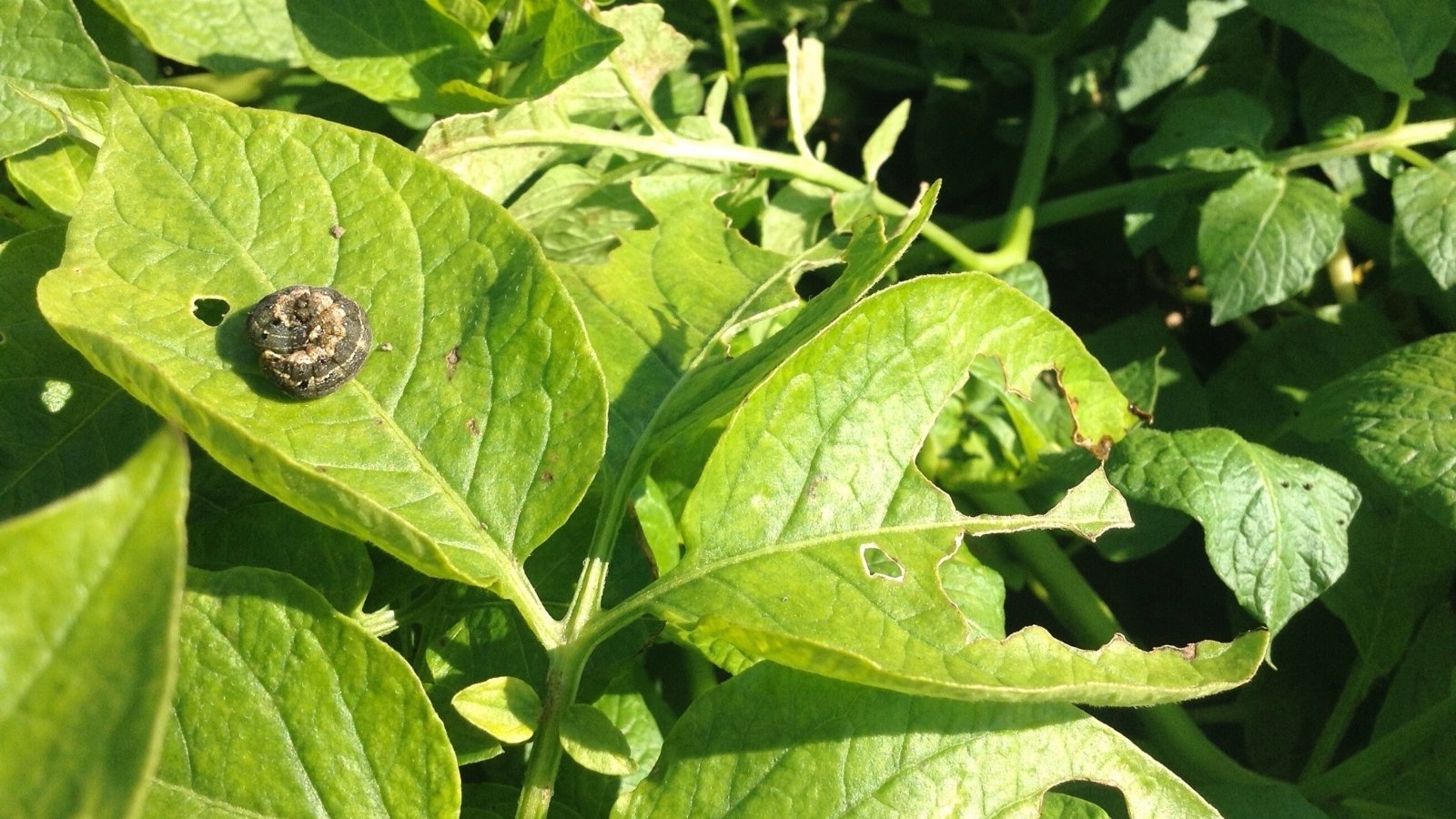

Cutworm is the generic identify for moth larvae that feed on younger plant stems. The larvae reduce all through the stem, inflicting the seedlings to fall to the bottom. Since cutworms eat small stems, seedlings are essentially the most vulnerable to wreck. The pests feed on a wide range of crops, together with cabbage, kale, collards, beans, peppers, and lettuce.
Though the totally different species range in look, they share some similarities. The larvae are plump, hairless, and a few variation of brown, black, and grey. They typically curl up right into a C-shape when touched.
The worms typically conceal in particles throughout the day and feed at night time. Due to this fact, it may be tough to identify them. Nonetheless, digging close to the bases of the contaminated crops will typically reveal the pests.
Management Choices
Since cutworms conceal below soil particles, keep away from mulching close to the bottom of not too long ago transplanted seedlings. You possibly can add mulch as soon as the seedlings are bigger. You also needs to maintain your backyard weed-free and take away any plant particles that falls on the bottom.
For the reason that cutworms eat by way of complete stems, spraying crops with pesticides isn’t efficient. Nonetheless, you may bodily defend tender seedlings by putting a cardboard or aluminum foil collar across the base of the stem. Place an inch or two of the fabric below the soil and depart one other two inches above the bottom.
[ad_2]
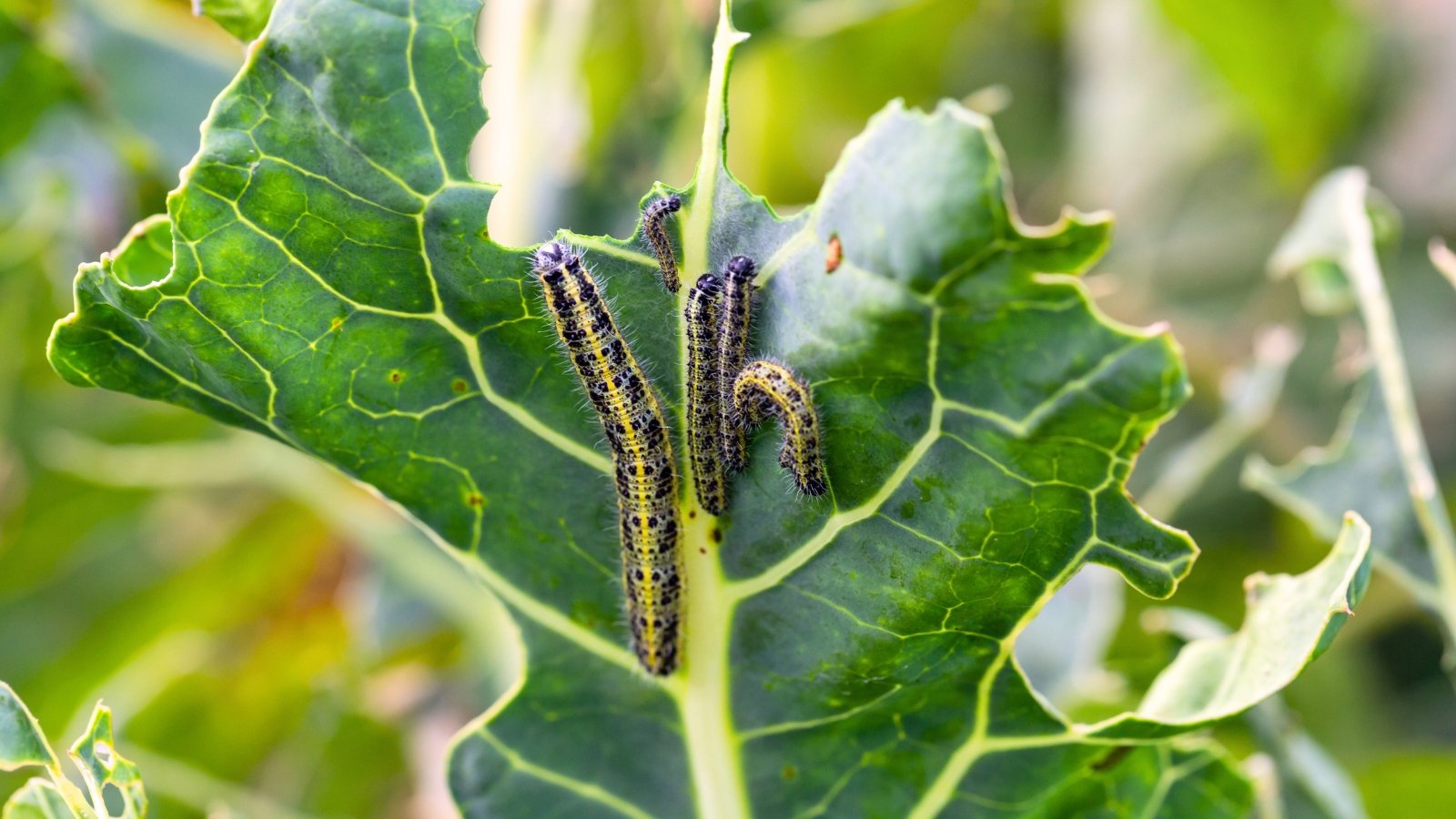
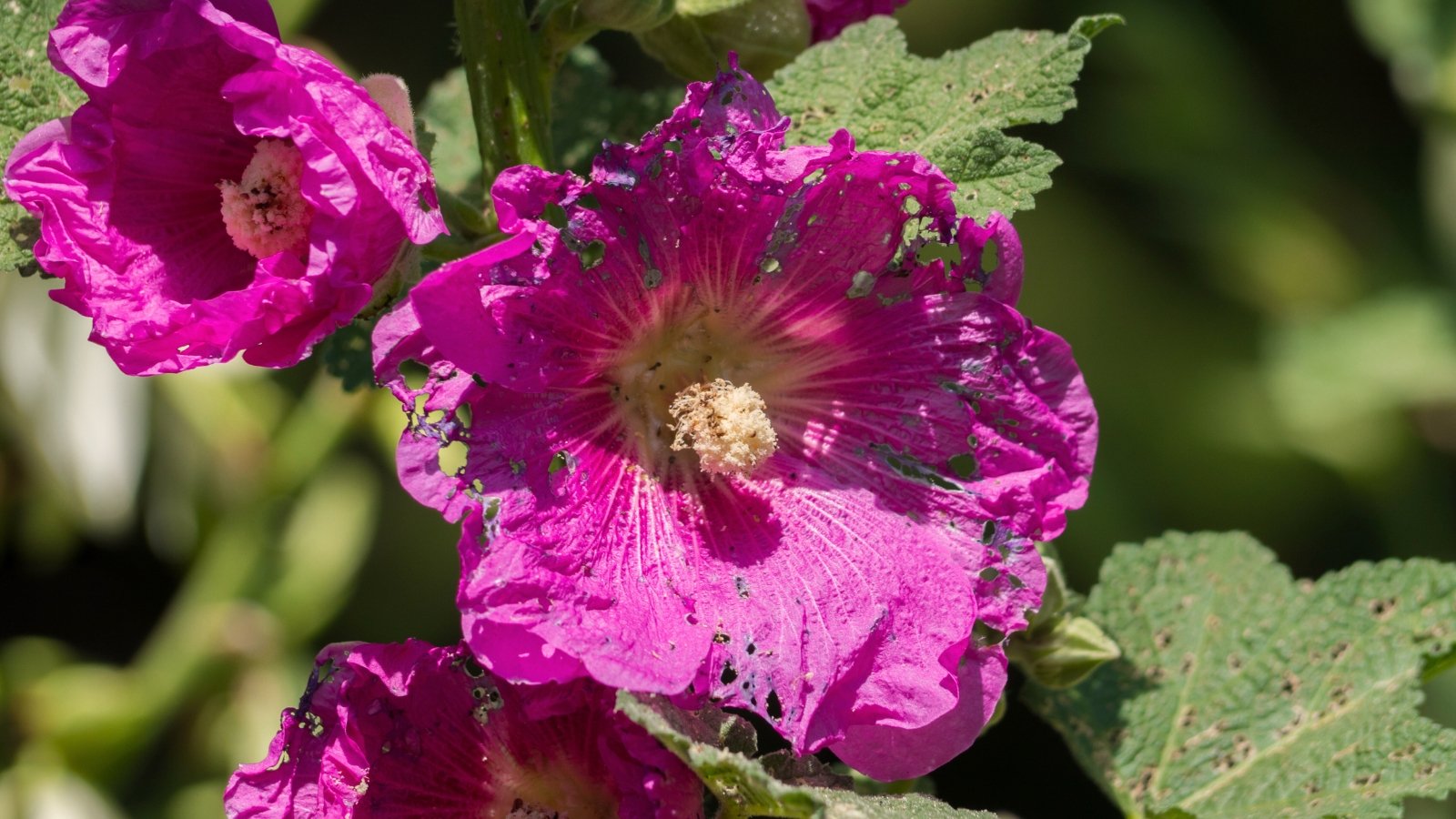
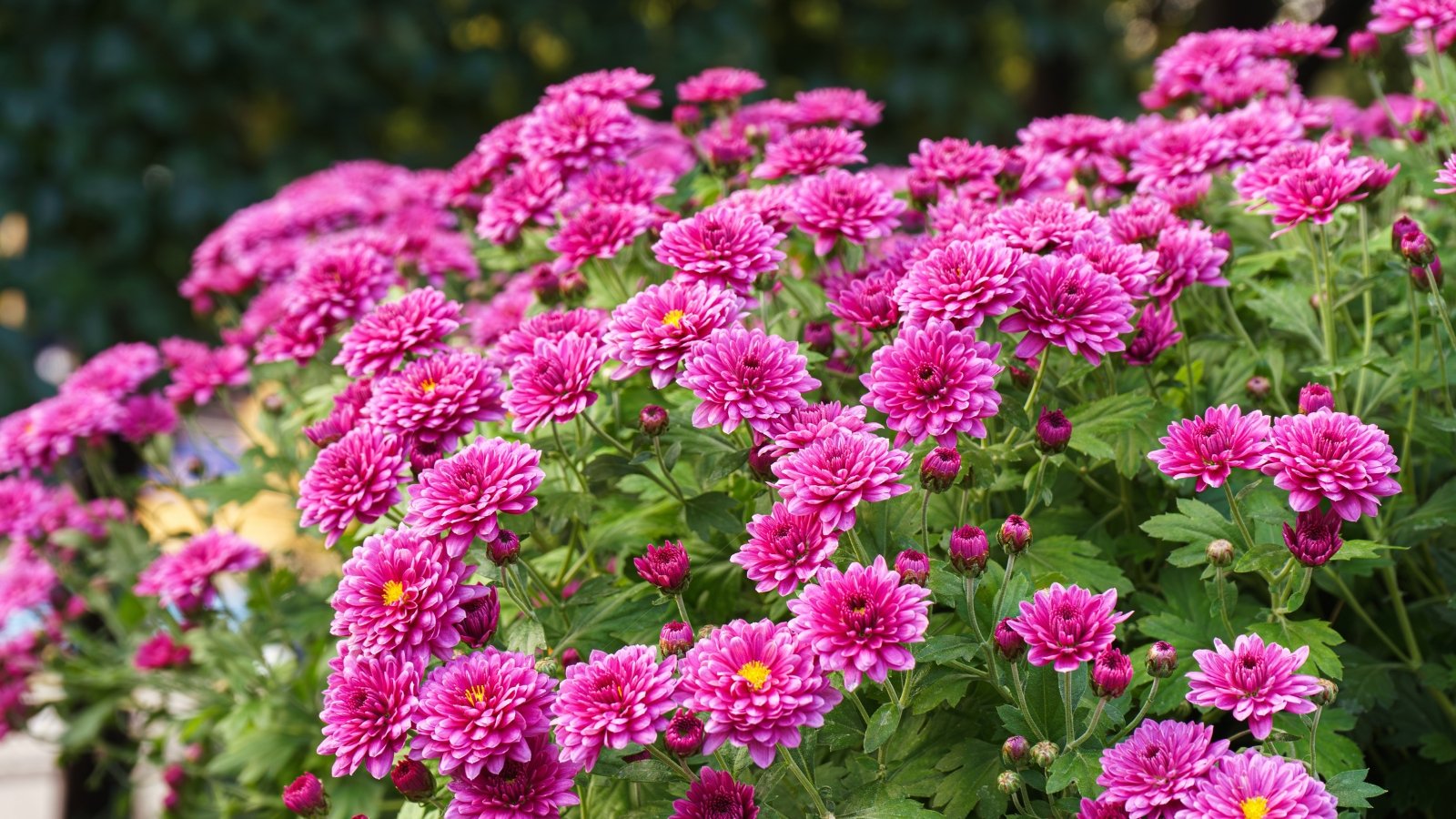
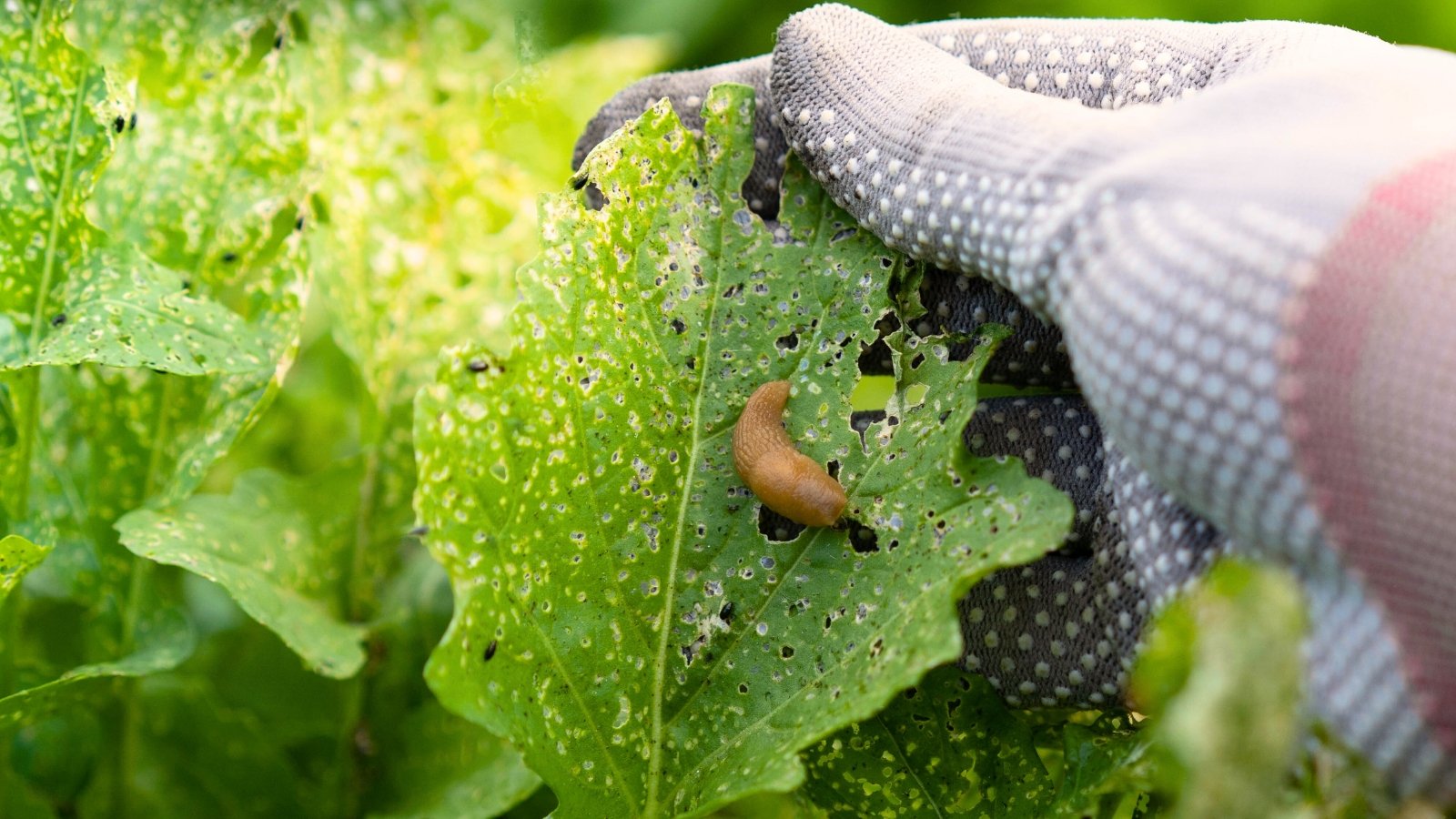
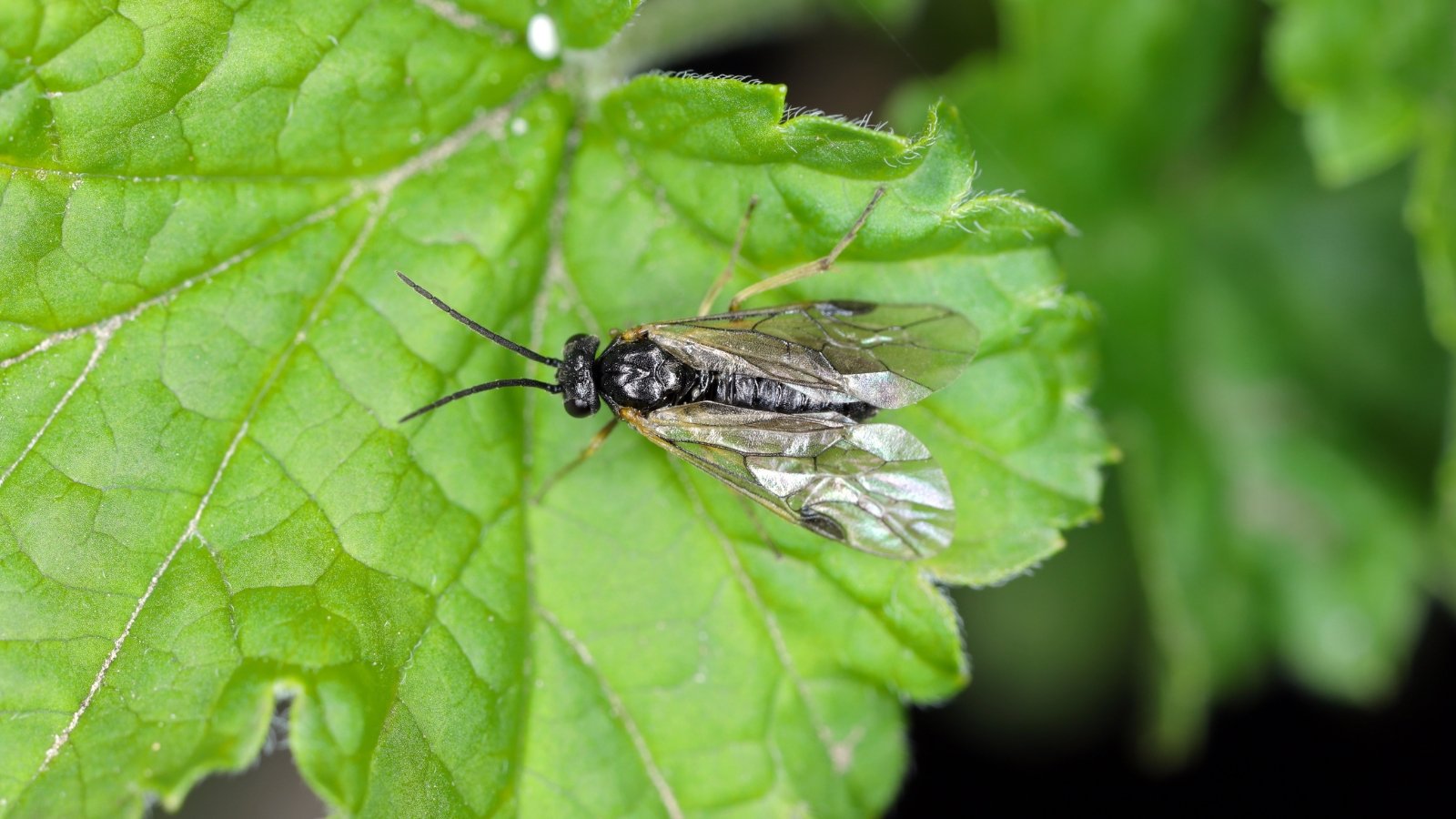

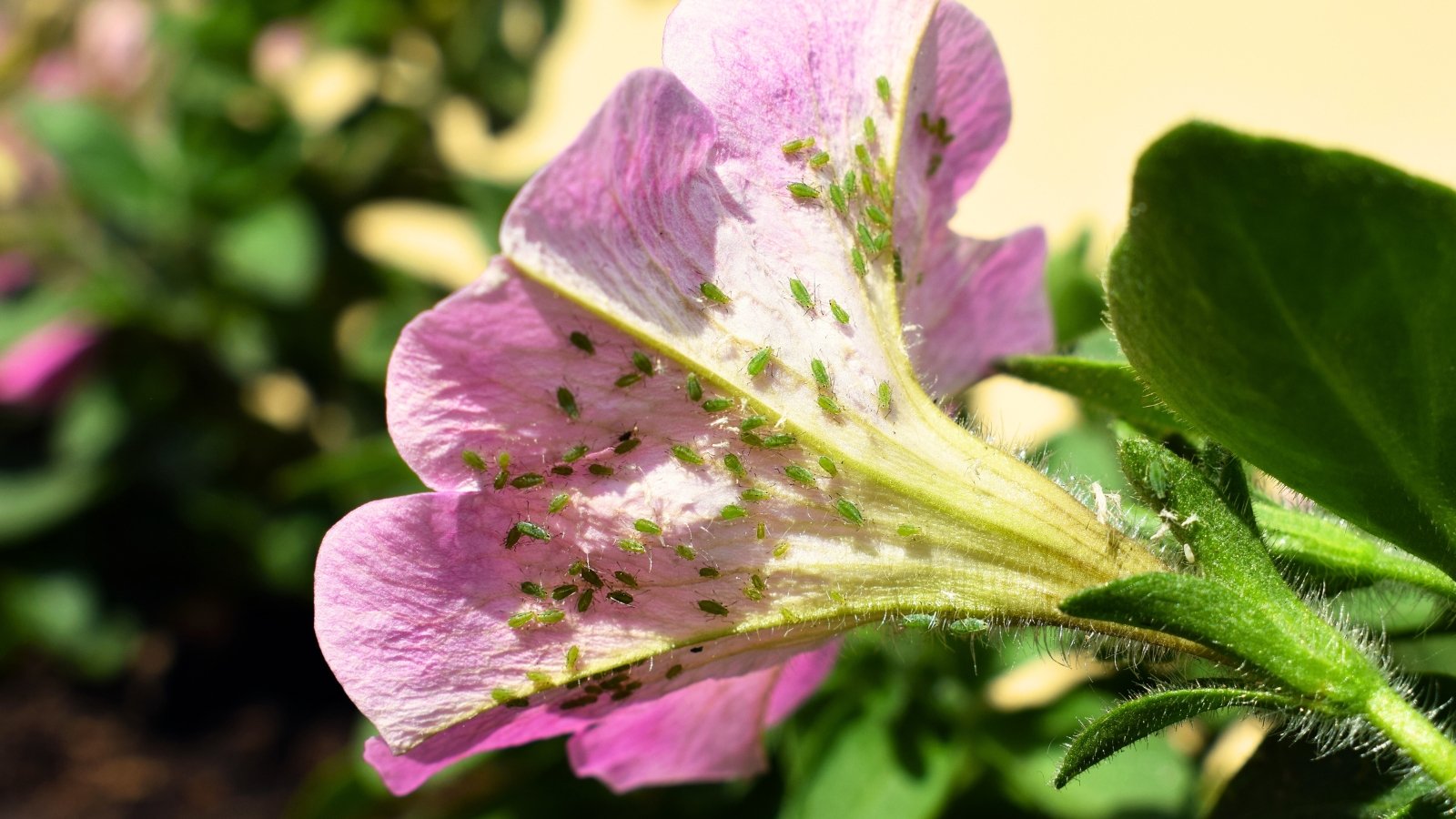

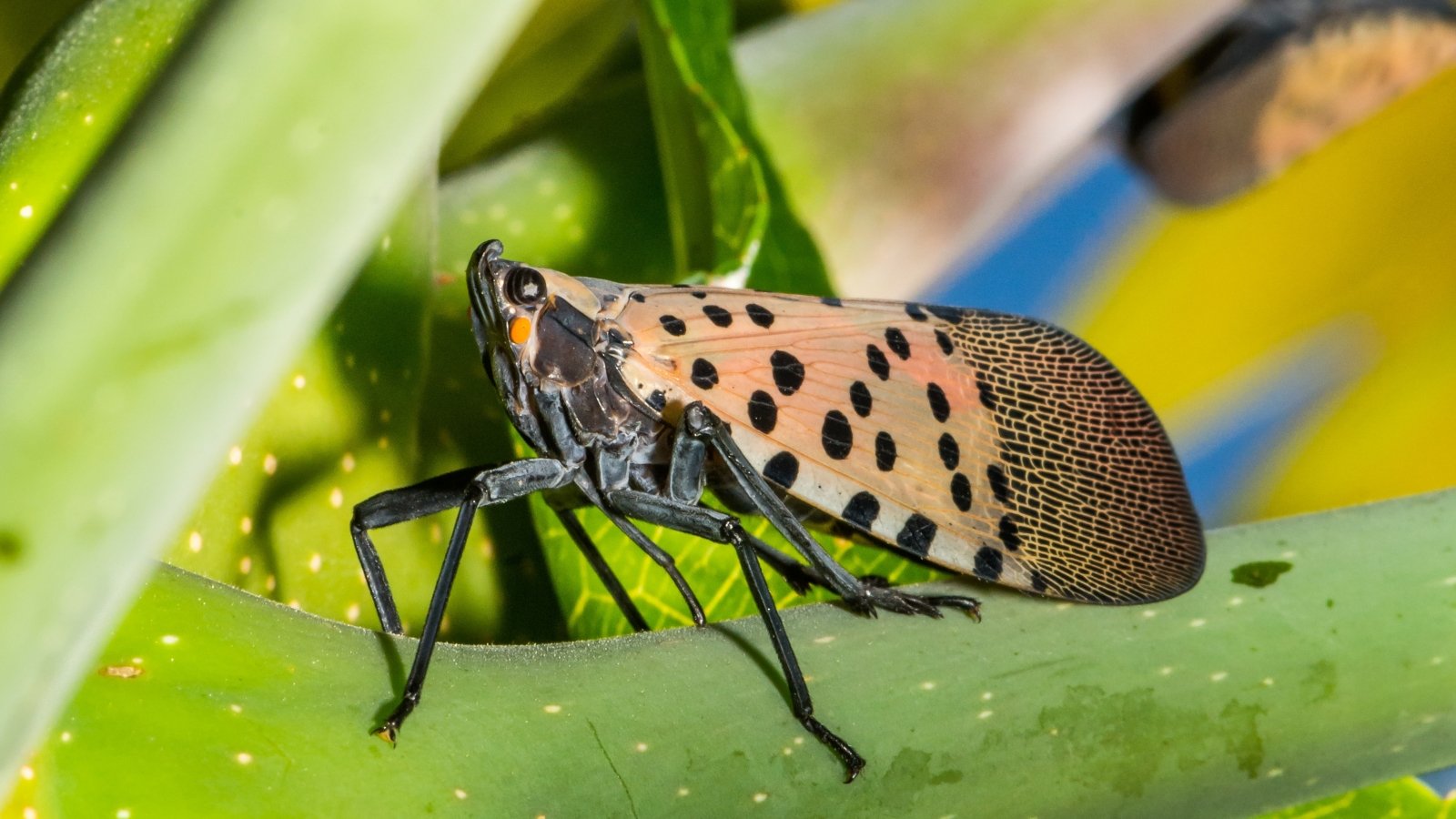
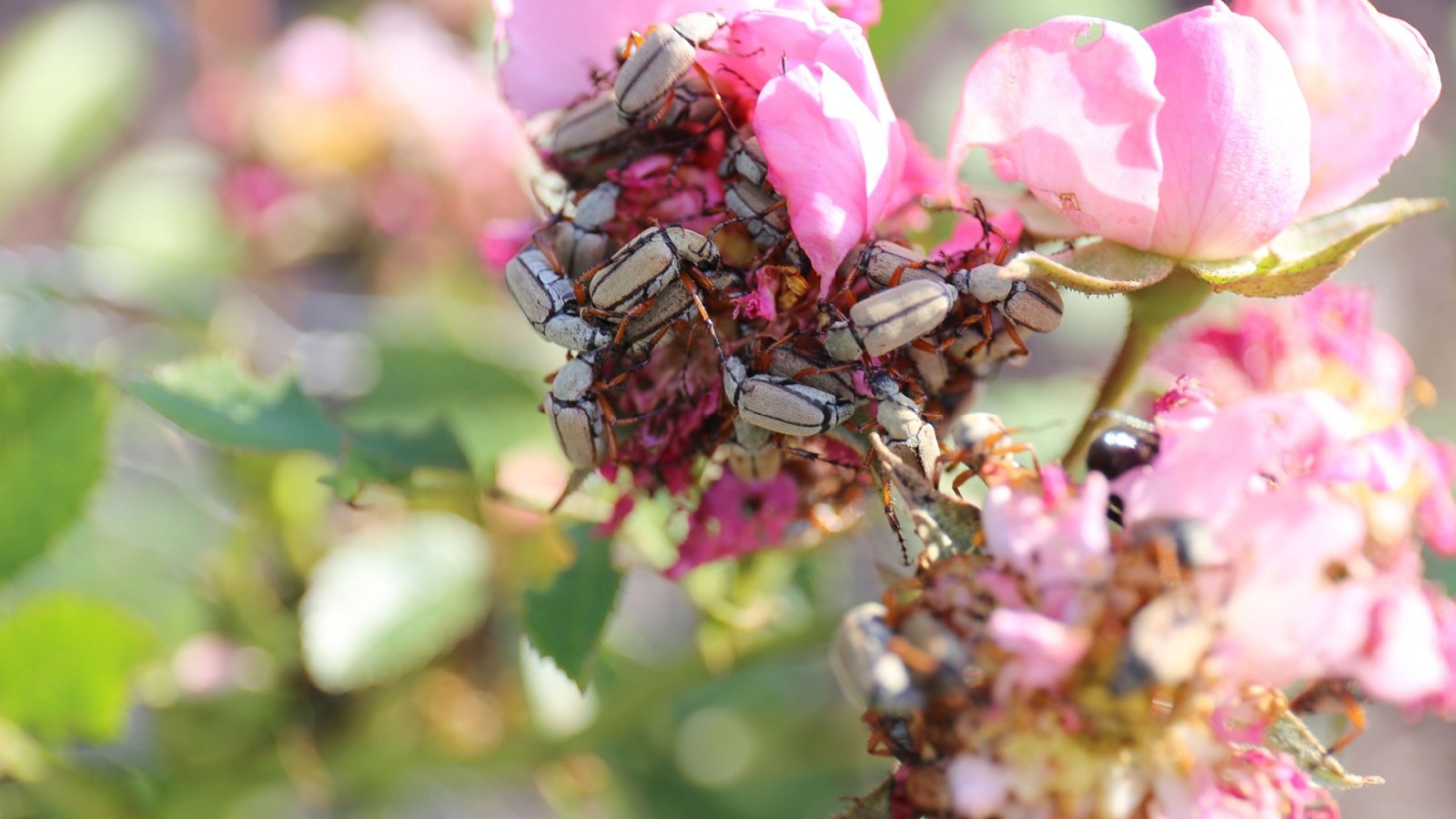
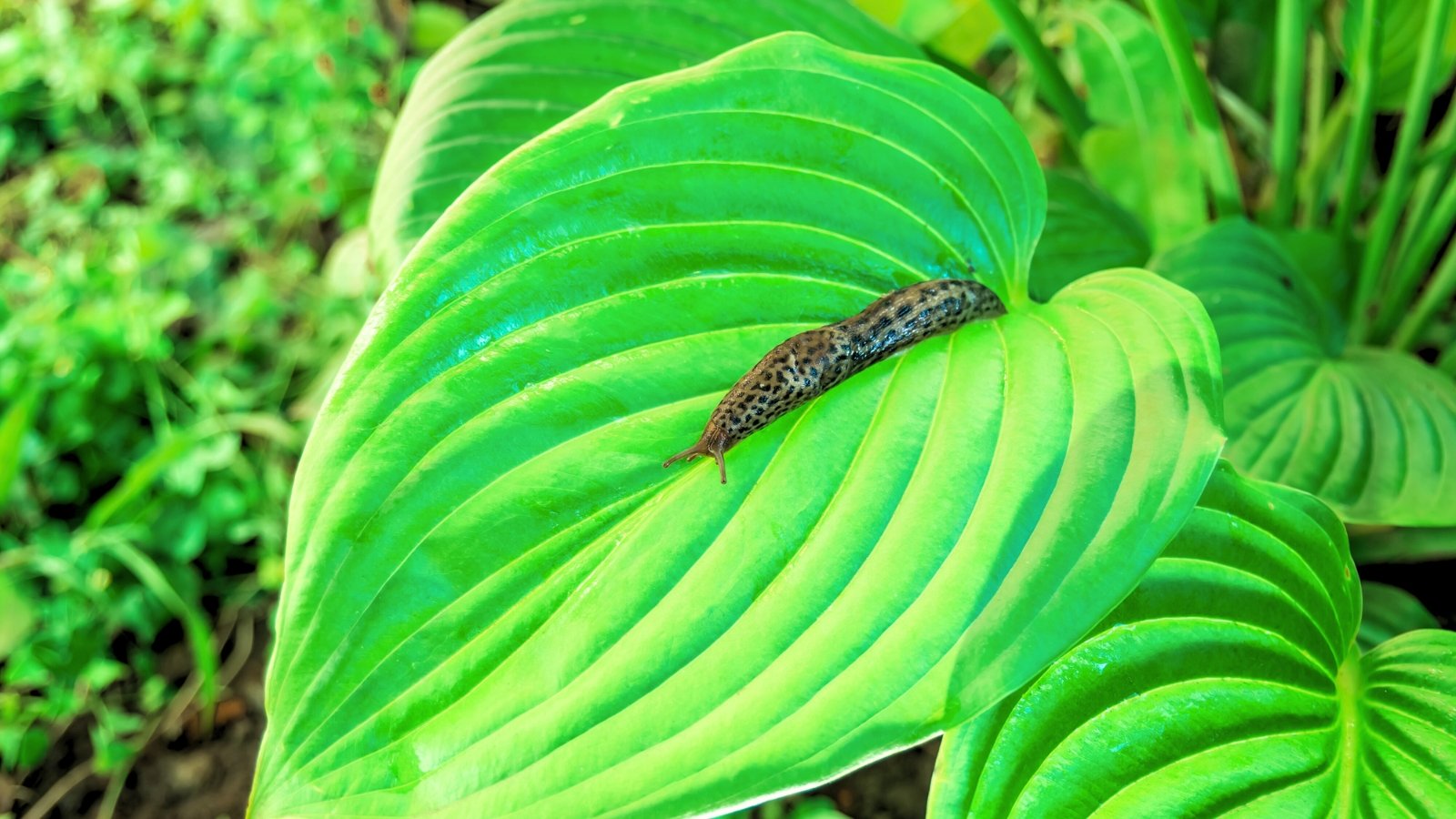
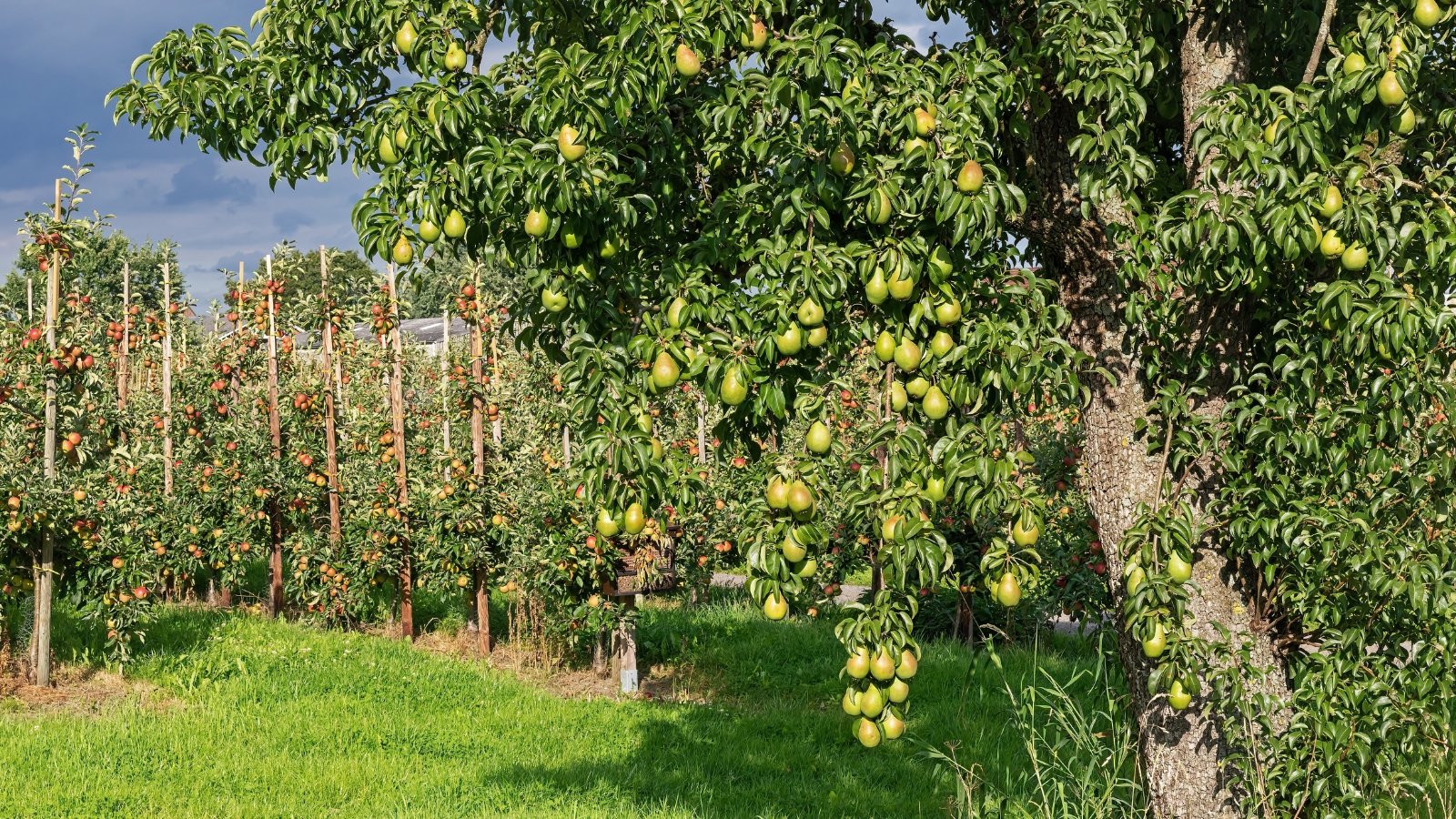

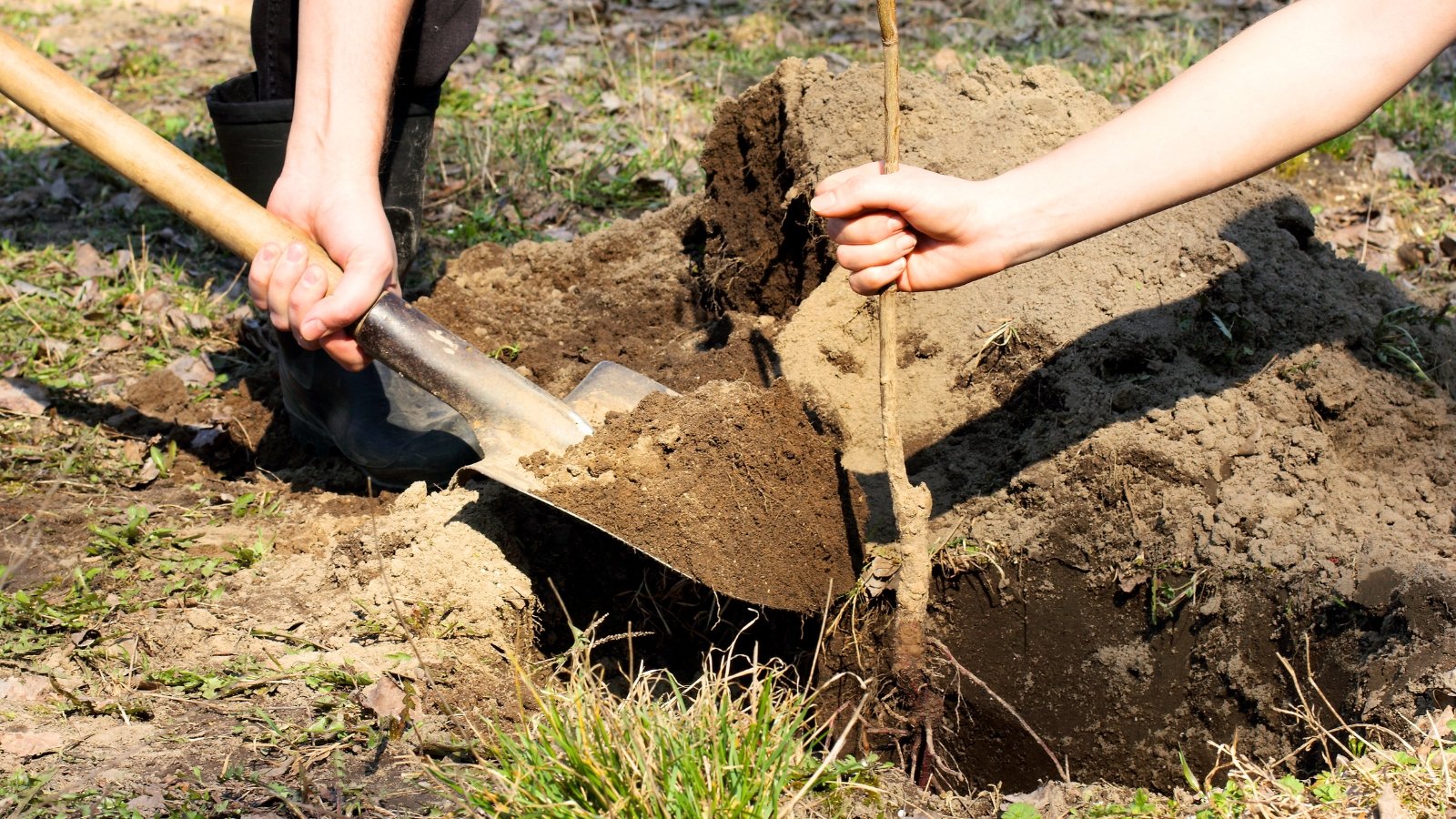
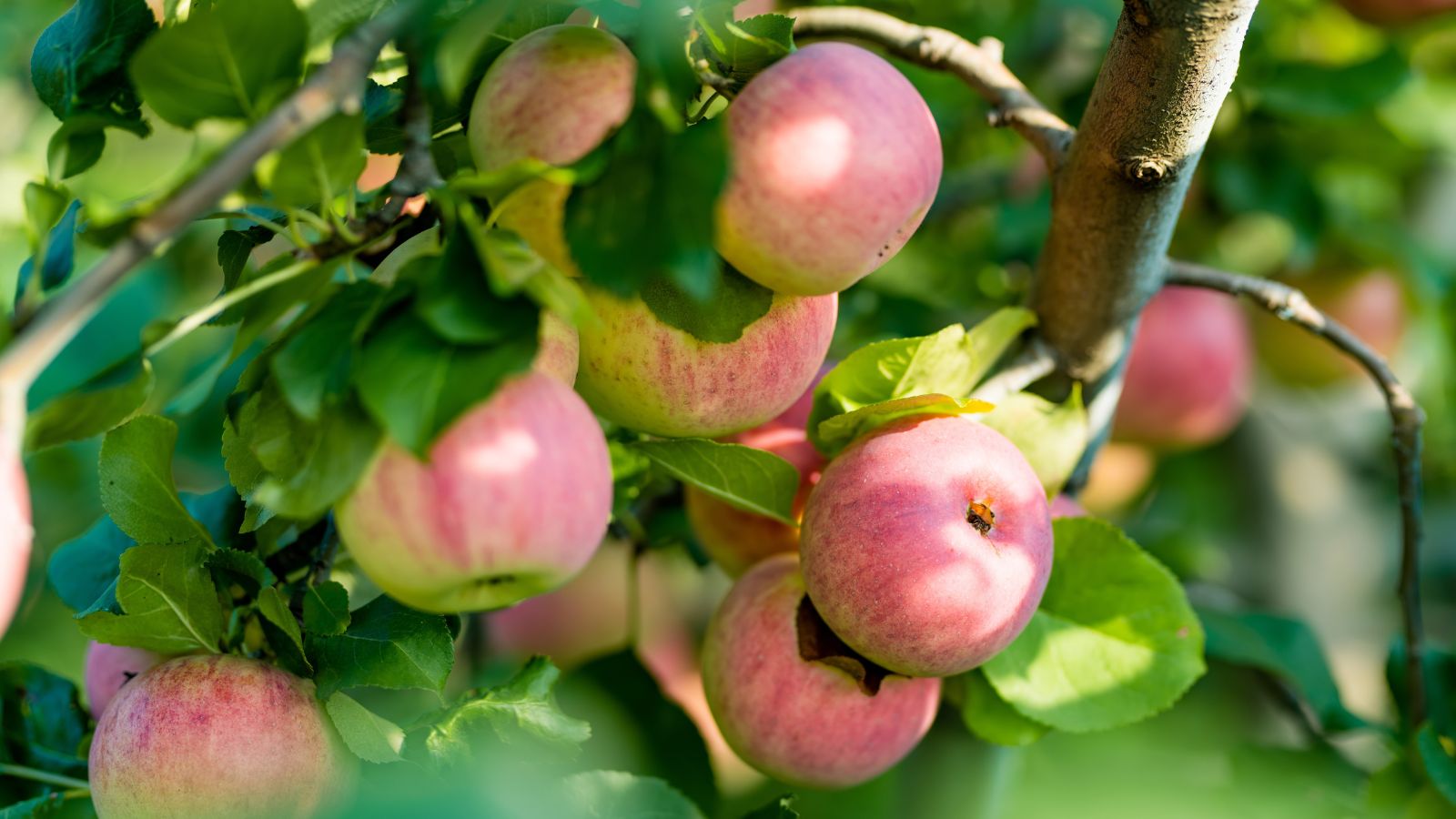
NatureNerd42
This article provides a thorough insight into pest management for fall vegetables. It’s interesting to learn about the life cycles of these pests and how beneficial insects can play a role in controlling their populations.